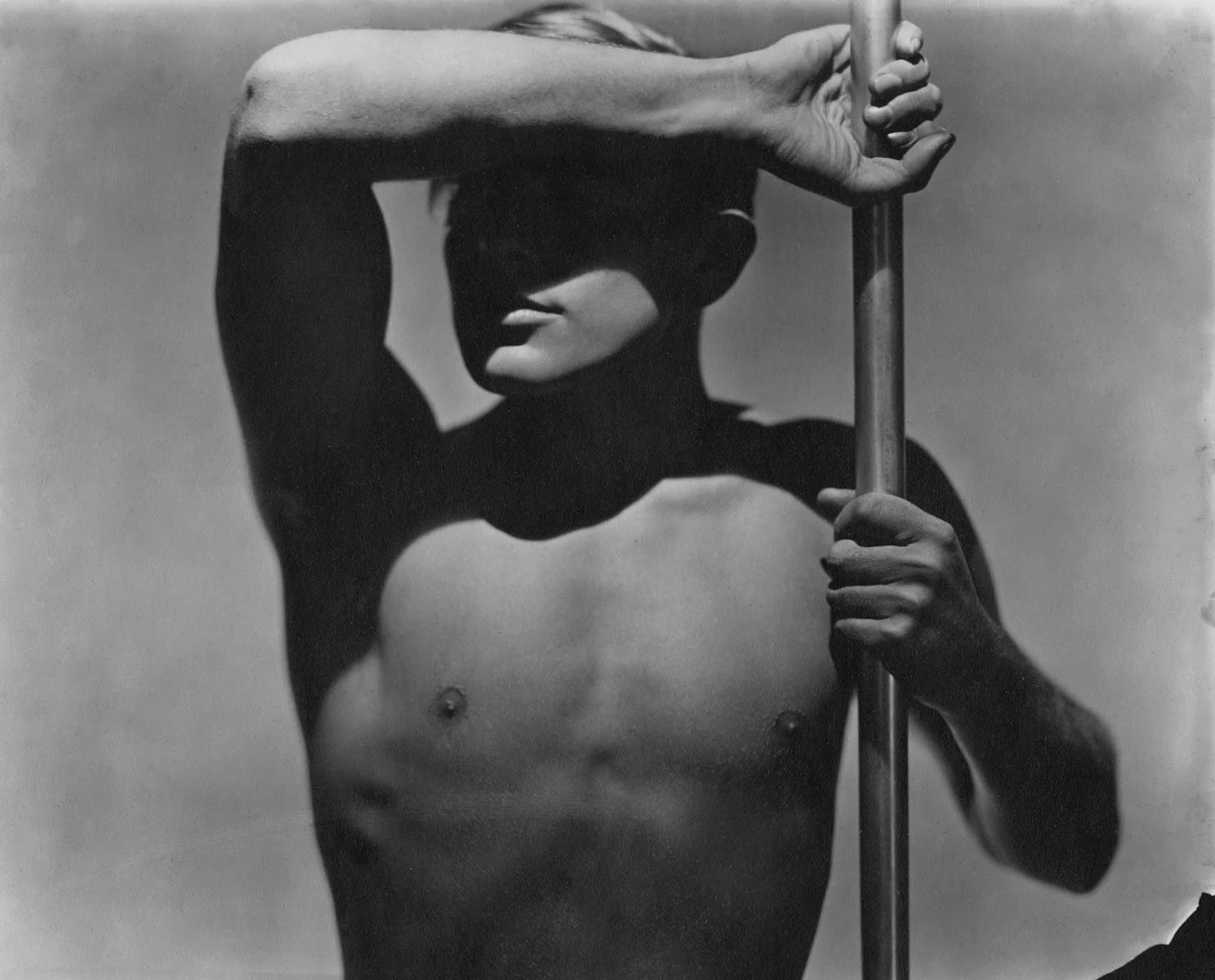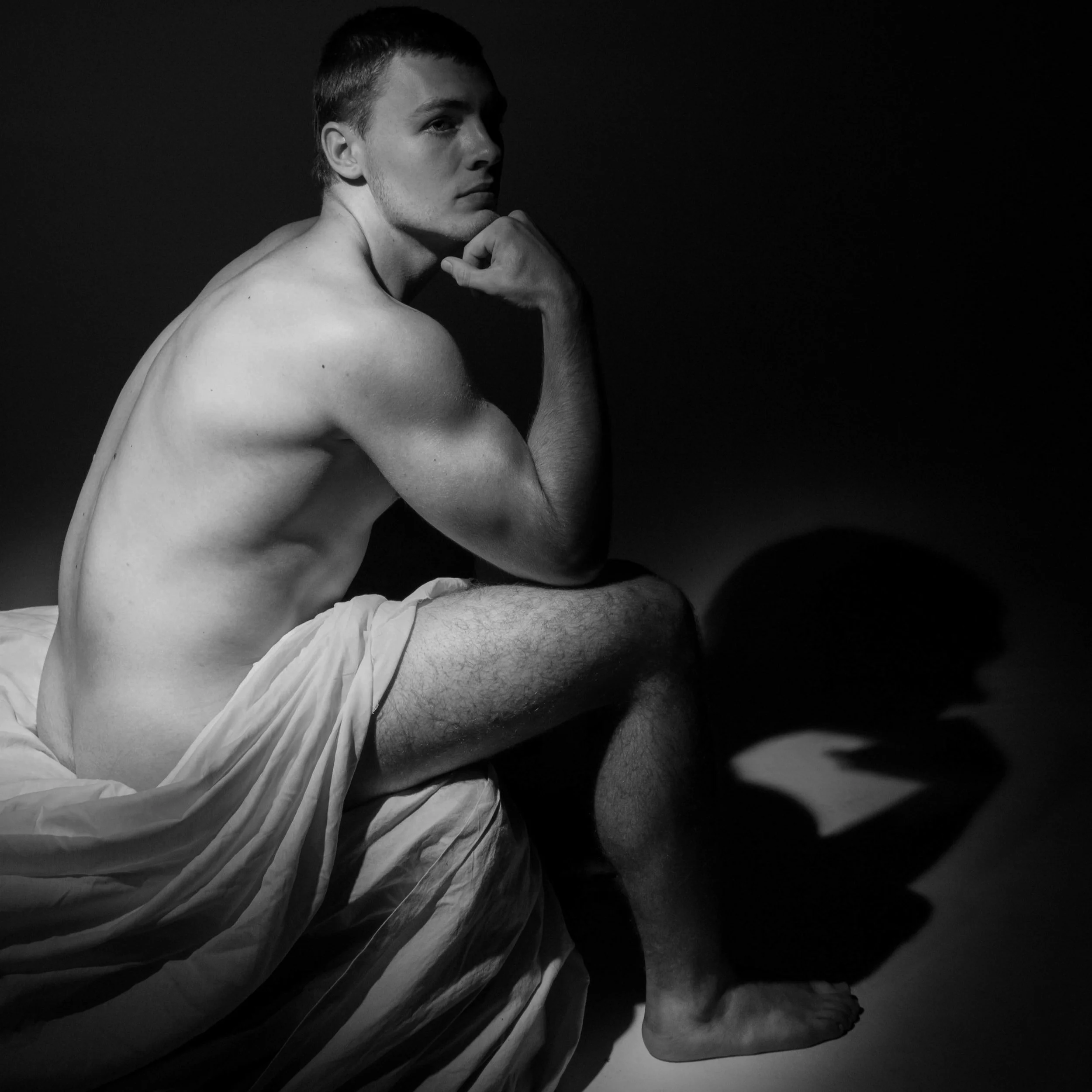1930’s Re-Creation
Please scroll down for photo collection
I had an assignment in my beloved Fashion Photography class in college to recreate a photograph of our choosing from the early 1900s using only one hot light. Richard Avedon seemed to be many student’s go-to as he is the illustrious Vogue and Harper's Bazaar photographer that most people imagine when you say “Iconic fashion of the 1930s”.
However, I really wanted to explore fashion and portrait photographers of this time and wouldn’t settle for the first one that popped up in a Google search, that’s boring. Meh. So after searching around for a while, I found and fell in love with the avant-garde work of Man Ray. Holy shit. His work, in my opinion, is timeless. Surreal and experimental, yet classic. His images are now engrained in my mind. I search and searched for the perfect Man Ray photo to recreate, but I couldn’t settle on one. Within Man Ray’s social circle in Paris, was his friend and artist Hoyningen-Huene.
Huene is also an iconic pioneer of fashion photography during the same time period living in Paris. Huene was born in Russia in 1900 and moved to Paris in 1925. Huene serendipitously met his charming model, 24-year-old Horst, and taught him everything he knew about photography in exchange for Horst modeling Olympian poses for French Vogue.
And thus, Horst Torso, Paris 1931 as it’s titled. When I saw this image, I knew it was something I could probably accomplish given my requirement of utilizing only one hot light. So I started brainstorming about models. Oddly, I had dated a guy who had a chiseled, gorgeous bod and similar looking nipples (don’t judge me. lol). So I reached out to him, “hey so this may be a weird ask but will you model for me…naked?”
To my surprise, he was down. Yessssss! I’m going to ace this assignment, and probably ogle over this dude in the studio. When it came time to get down to it, my main challenge was anatomical. I wanted my model to hold the pole perfectly vertical with his arm square across his forehead, creating the gap between his bicep and his face. But it was physically impossible! I manually tried positioning my model and it just wasn’t happening. Knowing that the gap wouldn’t happen, I focused on copying the shadows on Horst’s face. Once I had the lighting down, I settled on my end result. I was grateful for this assignment and anatomy lesson at the time and looking back on the experience, I’m thinking about doing some more recreations like this.
Below, I’ve added the original Hoyningen-Huene photographs on the right and my replica on the left. How do you think I did?
P.S. I only specifically replicated the first image. The other ones were for fun!
And this one was just for fun because I enjoyed the shadow play.





